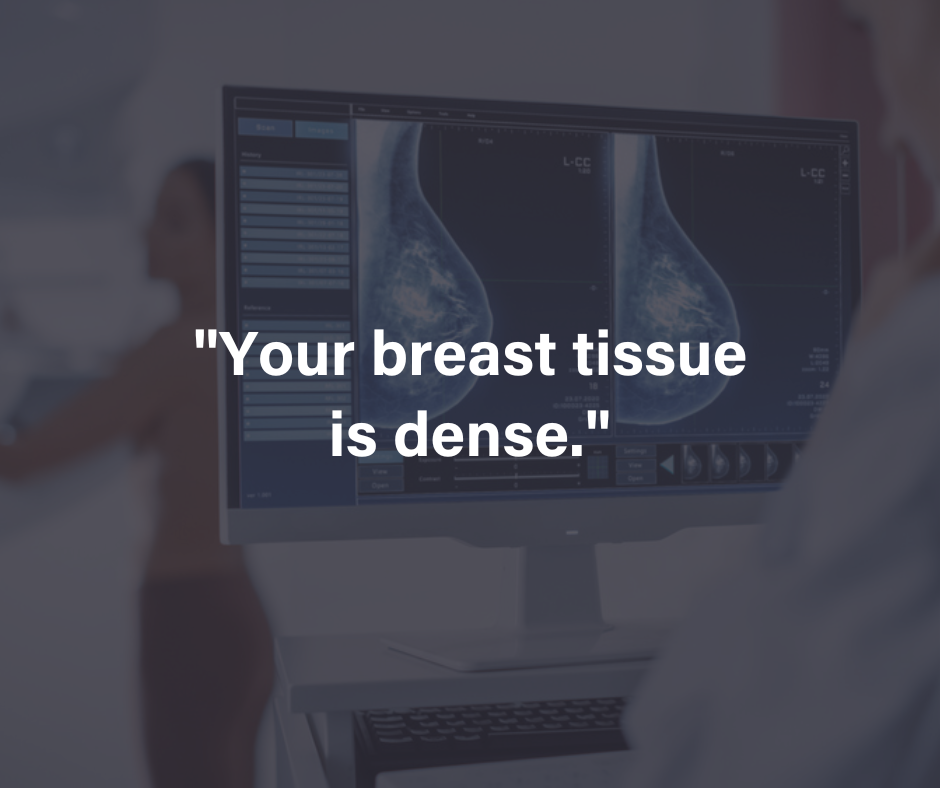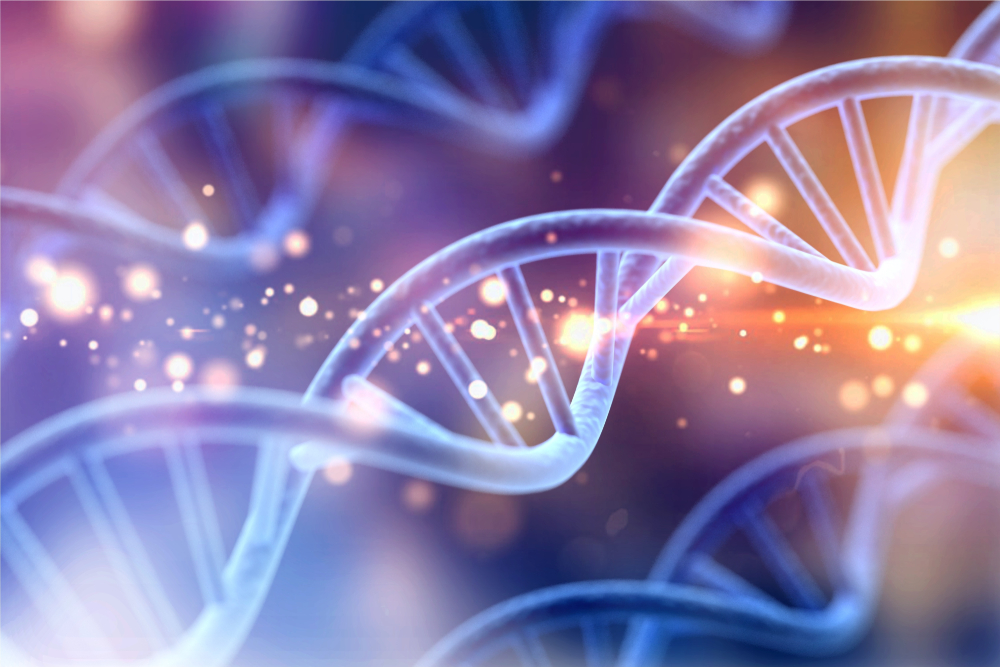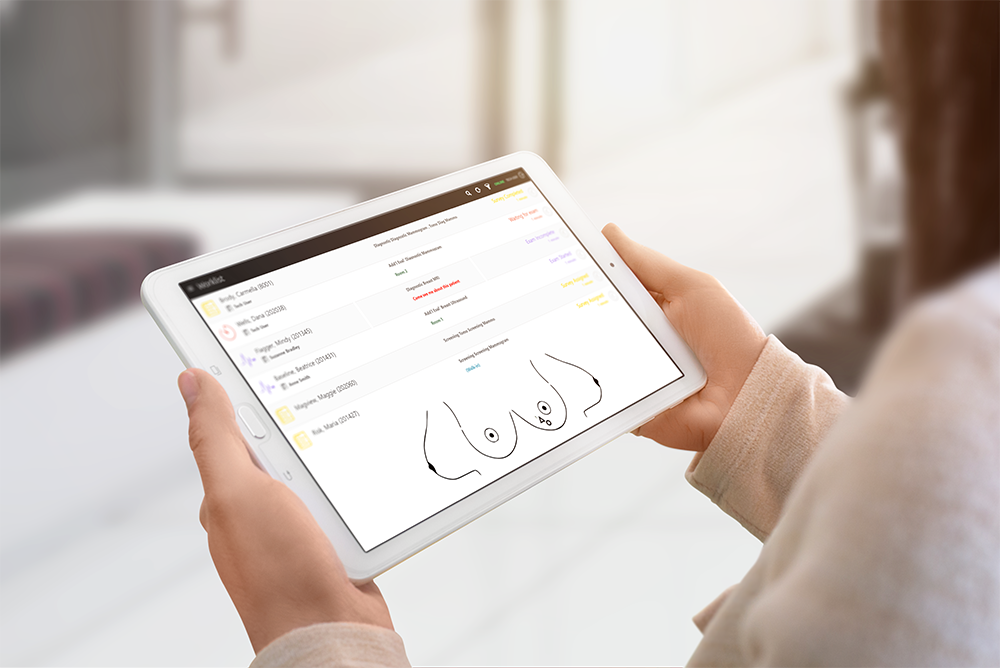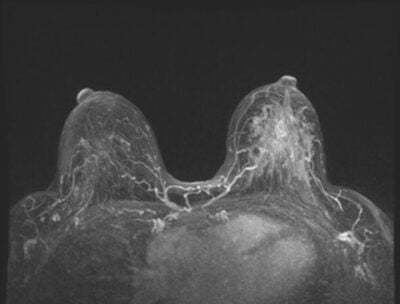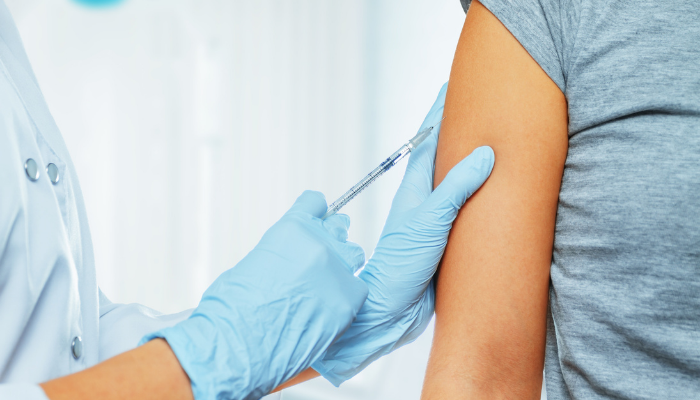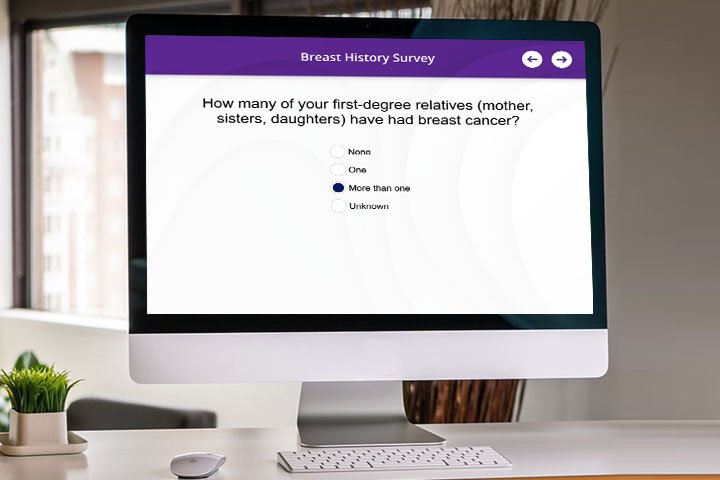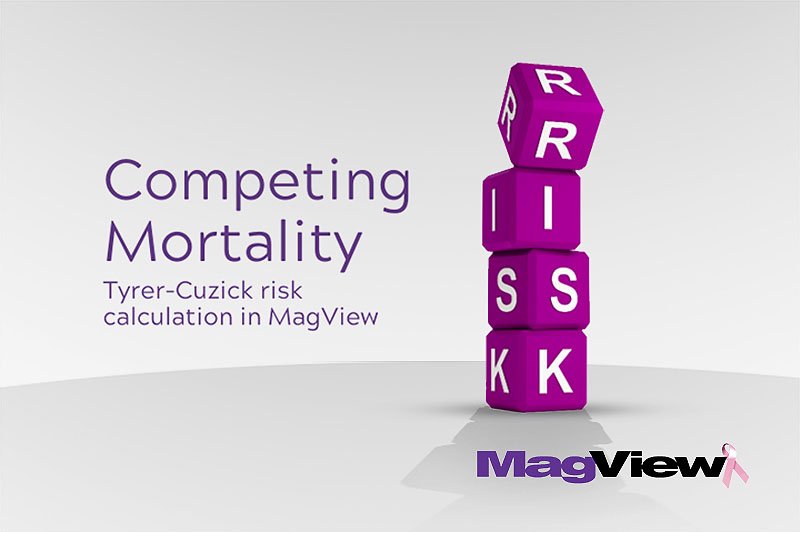A mammogram is a test that uses X-rays to create images of the breast. These images are called mammograms, and they are a necessary part of women’s health exams as they age.
Before reading further, you may want to brush up on why mammograms are necessary and what to expect during a mammogram. In this article, we’re going to cover what mammograms are meant to show and the possible results women can expect to see from a mammogram.
Common mammogram findings
A mammogram is supposed to look for specific things in the breast. The x-rays will include two views of each breast taken from different angles. Even if someone goes in for a mammogram to look at a suspicious lump on one breast, both breasts will always be examined for good measure. Also, more pictures and angles may be needed depending on whether the woman is going in for a diagnostic or screening mammogram.
During a mammogram, doctors and technicians are first looking out for signs of cancer, but they may discover other types of abnormalities, too. Specifically, on what does a mammogram show, any one of the following can be found during a mammogram which requires additional tests and investigation:
Calcifications
Calcifications are small bits of calcium that can gather in the soft tissue of the breast. Most of the time, calcifications are so small that the patient cannot feel them, which is where a mammogram can be helpful. Calcifications can cluster and take on varying sizes and shapes. Sometimes, calcifications can indicate early signs of breast cancer. Therefore, if calcifications are found during a mammogram, the doctor may want to run further testing.
Macrocalcifications
Large calcifications or ‘microcalcifications’ can also be found during a mammogram. This is typically when microcalcifications cluster together. Most of the time, these indicate non-cancerous extra breast cell activity, but occasionally these can show early cancer.
Cysts
Cysts are fluid-filled masses found in the breast. Most women who have cysts can breathe a sigh of relief because cysts are very common, and they very rarely indicate cancer. Normally, if the doctor finds a suspected cyst, they will want to follow up with an ultrasound to ensure it is a fluid-filled cyst and not a solid lump. With an ultrasound, sounds waves will pass through a cyst but will bounce back with a hard lump.
Fibroadenomas
Fibroadenomas occur in the breast when normal breast cells form solid, rounded lumps that are movable. At times fibroadenomas can increase in size, but they are not cancerous. These are also the most common type of mass or abnormality found in the breast. If a fibroadenoma continues to increase in size, the doctor will oftentimes want to remove it to ensure that it is not a cancerous growth.
DCIS (non-invasive breast cancer)
Ductal carcinoma in situ (DCIS) is non-invasive breast cancer that sits in the milk ducts of a woman’s breast. It is referred to as ‘in situ’ because it does not leave the milk duct and spread to surrounding breast tissue. DCIS can often look similar to microcalcifications in the breast. Therefore, it is essential to have further testing done to determine if the mass is benign.
Invasive breast cancer
Invasive breast cancer is the most important item technicians and doctors are looking for during a mammogram. This is because invasive cancer cells do not stay within a specific region and can quickly spread the nearby breast tissue. Invasive cancer most often shows up as a white mass on a mammogram. The outer rim of invasive breast cancer cells will appear fuzzy or spiky. The edges and size and shape is what the radiologist will look at to determine if a certain abnormality is cancer.
For a mammogram, if a cyst is ruled out because the mass is partly solid, the radiologist or doctor may require that more imaging tests be taken. This is normally to determine whether the mass is precancerous or cancerous.
What may happen is that the doctor will recommend for certain abnormalities be monitored over time for changes in shape in size. If there is a likelihood that a mass could be cancerous, it may need to be checked with a biopsy.
What Does the Doctor Look for on a Mammogram?
When a woman goes in for a mammogram, the x-ray images will be assessed by a radiologist. Radiologists are specialized in diagnosing diseases, abnormalities, and possible injuries via x-ray images. The professional reading the mammogram results will also compare it to previous mammograms (if the woman has had any). This is to see if any strange items or abnormalities found are new, or whether they were visible on previous mammograms.
As for what a mammogram shows, here is what radiologists and doctors look at when examining results:
Mammography images
Most have had some sort of x-ray before, whether somewhere on the body or for dental x-rays. The images from a mammogram show up in black, gray, and white.
With breasts, tissue and fat appears dark gray and most abnormalities, whether benign or cancerous, will be a lighter shade of gray or white.
Breast density
Breast density refers to the amount of breast tissue (dense) versus fatty tissue (less dense) in a woman’s breasts. Fibrous and glandular tissue makes up ‘dense’ tissue and the rest is fatty tissue.
Dense breast tissue tends to be more prevalent in younger women more than in older women. Dense breast tissue tends to show up as either light gray or white on a mammogram, which in turn makes it harder for radiologists to accurately read the images. Women who have dense breasts have a higher likelihood of cancer simply because it is harder to detect.
There are methods thought during a mammogram for dense breasts to get more accurate readings, such as taking more images. It is also a good idea to choose a medical facility that is experienced at mammograms with dense breasts. Currently, breast ultrasounds and breast MRIs are being tested to see whether they can deliver a more accurate reading of dense breasts.
Mammograms tend to become easier to read as women hit menopause because their breasts undergo change and become less dense. However, for women doing menopausal hormone therapy, breast density will not likely decrease until they quit using it.
For women concerned about breast density leading up to a mammogram, they should speak with their medical provider to come up with a plan. It is also important to take time and understand all of the test results.
Findings that haven’t changed from older mammograms aren’t likely to be cancer, which might mean you won’t need further tests.
Breast density screening & legislation
Unfortunately, there are currently no legal screening guidelines or specific recommendations for women with dense breasts, aside from current investigations into breast ultrasounds and MRIs.
Some states in the U.S. legally require that healthcare providers officially notify women if they are found to have dense breasts on a mammogram. This is because of the cancer risk.
However, as this is the law only in select states, women may want to check the legal requirement in their state. If healthcare professionals are not legally required to notify patients on whether they have dense breasts, women may want to inquire about this, so they have an opportunity to discuss further testing options.
Mammography results
A mammography center reports the mammogram results of a woman usually with a mammography tracking and reporting software. Learn more about MagViews’ trusted system and how it can produce more coherent results for your mammogram.
What mammography results show
So what results does a mammogram actually show? What women can expect after a mammogram, is about a two week turnaround time for results. If you do not get contacted about results after two weeks, make sure to follow up with your healthcare provider on when they will be ready.
For women who have test results that come back showing masses or another kind of abnormality, there is no need to worry right away. While a mass can be concerning, after investigation and tests, most breast masses are found to be either noncancerous or benign.
Discover how Magview imaging and tracking software provides a better solution for mammography centers. Check with your provider to see if they use Magview.
We hope this article on what a mammogram shows has been informative. That way, you can know what to expect from mammogram findings when it’s time to go in for the exam.

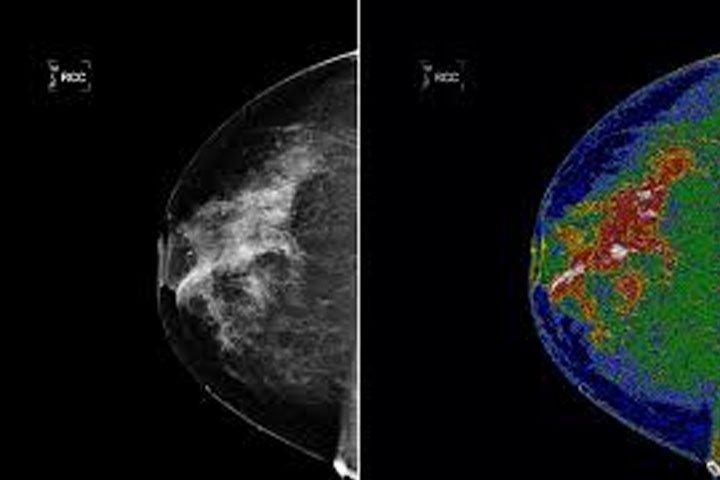


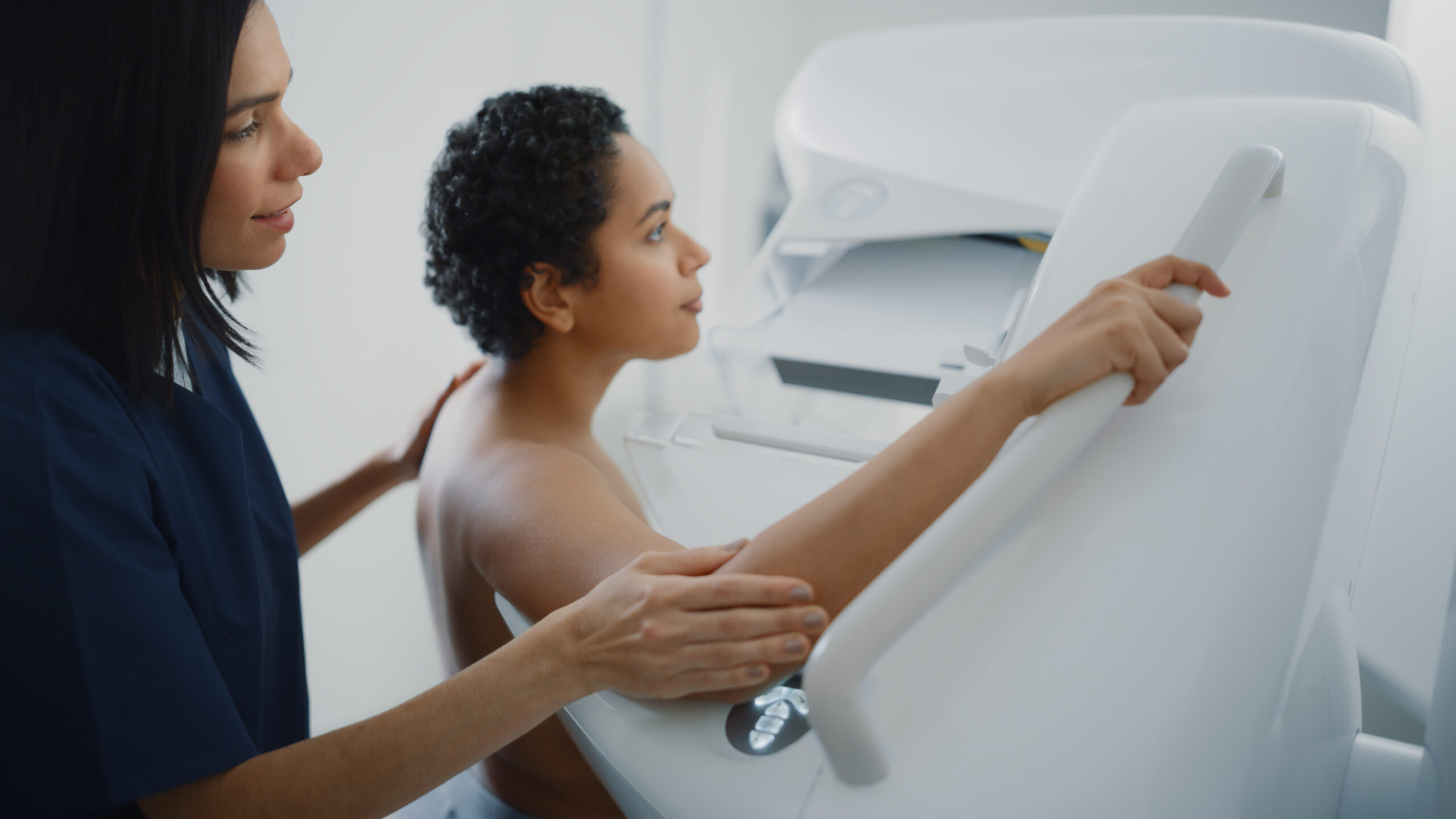
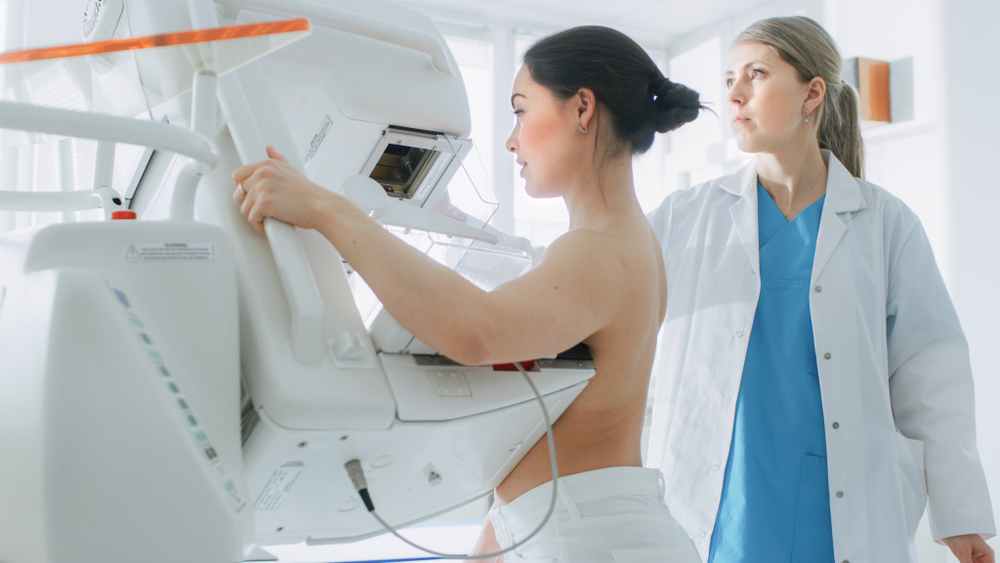
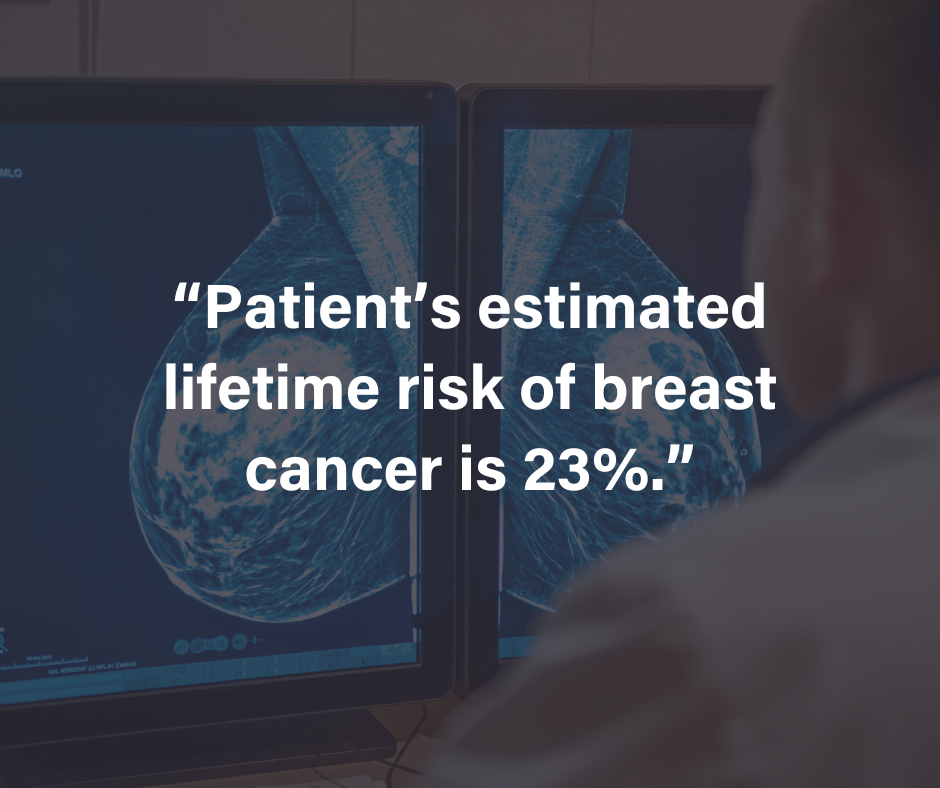







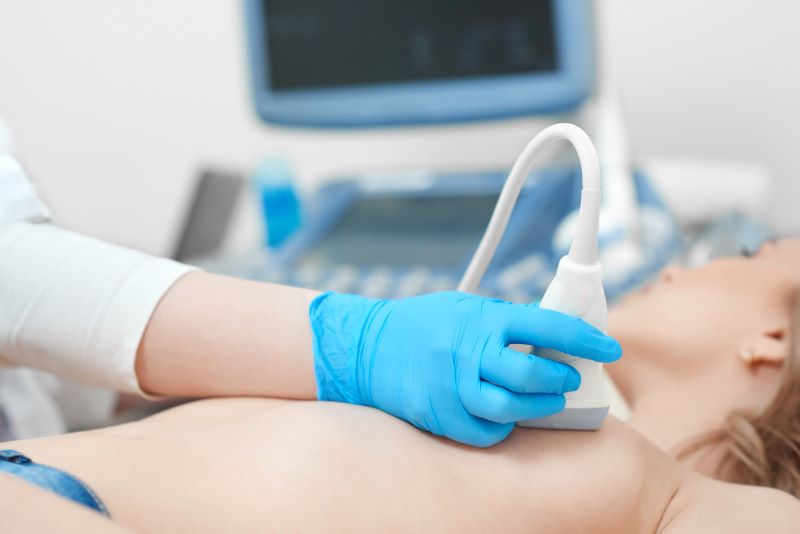
![monitoring breast density shutterstock_1299510538-[Converted]](https://magview.com/wp-content/uploads/2023/05/shutterstock_1299510538-Converted.jpg)

